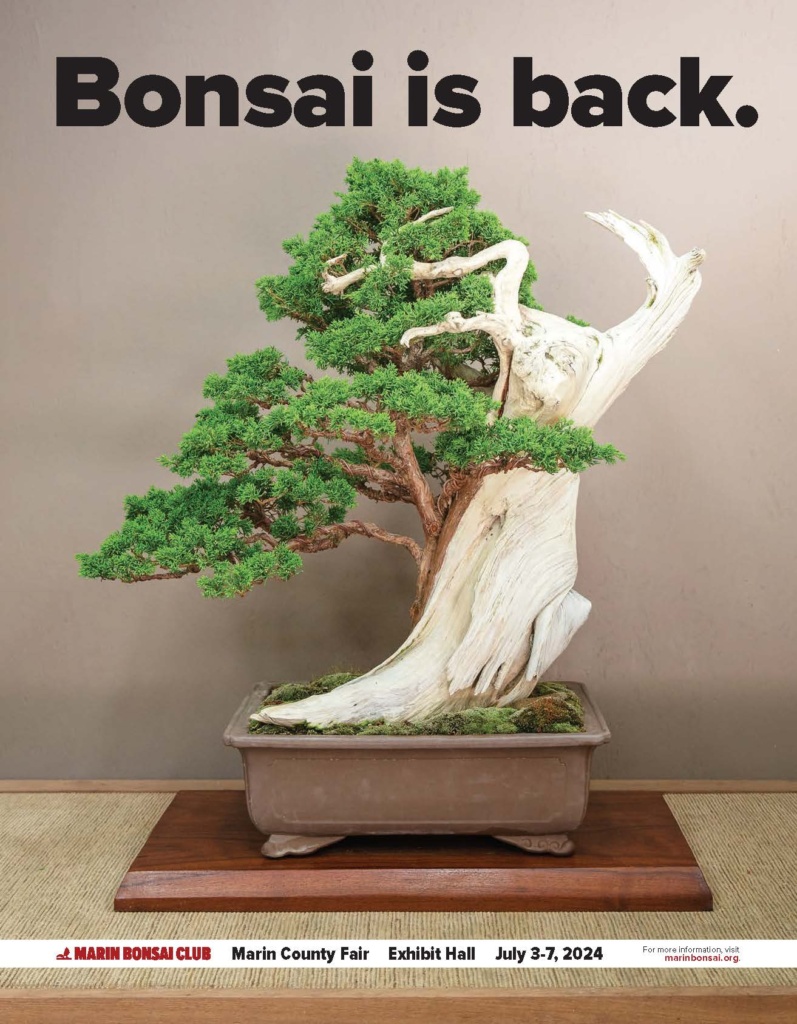
Search
Club Meetings every 1st and 3rd Tuesday
7pm-9:15pm, Terra Linda Community Center, San Rafael
-
Recent Posts
Archives
Club Location:
Terra Linda Community Center
670 Del Ganado Rd, Room 4
San Rafael, CA 94903Mailing Address:
Marin Bonsai Club
P.O. Box 6645
San Rafael, CA 94903Proud member of:
Visit us on Facebook!
Subscribe to our Blog








